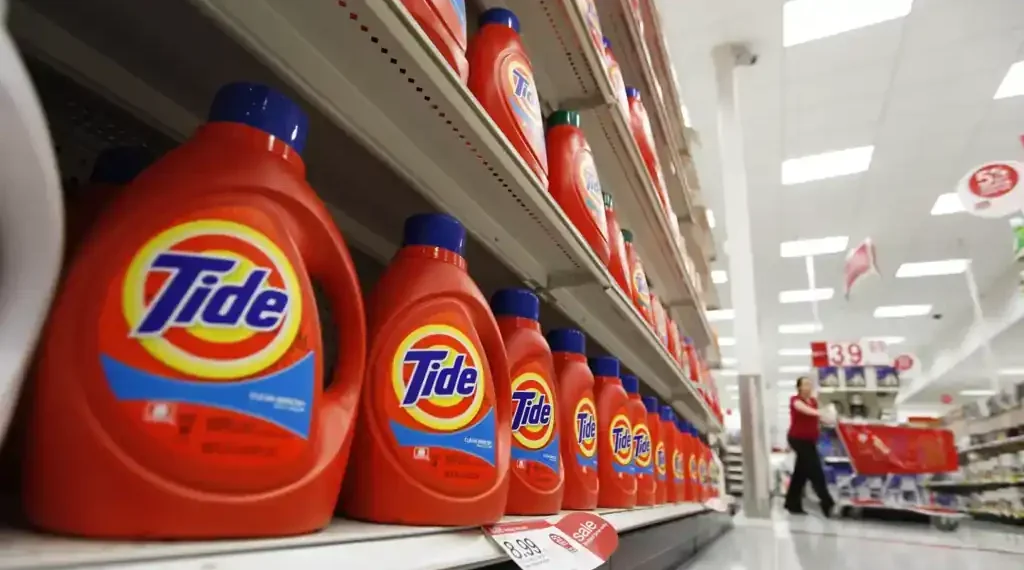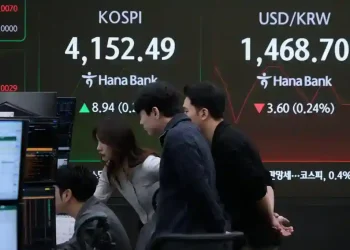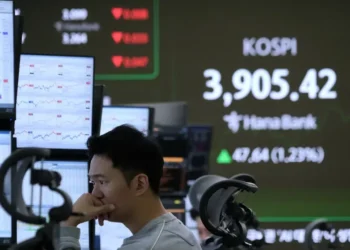Procter & Gamble to Increase Prices Amid Rising Tariff Costs and Cautious Consumer Spending
Written July 29, 2025, 14:00 EST
Procter & Gamble (P&G) has announced plans to raise prices on approximately 25% of its U.S. product line, citing the mounting impact of tariffs and shifting consumer spending habits. The price adjustments, set to begin next month, will come as consumers increasingly seek value and delay routine purchases.
Leadership transition ahead for P&G
The pricing update comes just one day after P&G named Shailesh Jejurikar, currently the company’s Chief Operating Officer, as its next President and CEO. Jejurikar will assume the role on January 1, 2026, succeeding Jon Moeller, who has led the company since November 2021. Moeller will transition to the role of Executive Chairman.
The leadership shift was announced alongside P&G’s fiscal fourth-quarter results, as the Cincinnati-based consumer goods giant prepares for another year shaped by global economic challenges and shifting trade policies.
Mid-single-digit price hikes coming in response to tariffs
According to P&G’s Chief Financial Officer Andre Schulten, the company plans to implement price increases in the “mid-single-digit” range on select product categories in the U.S., starting next month. These hikes are, in part, a response to elevated costs from tariffs introduced during former President Donald Trump’s administration.
Schulten told reporters during a Tuesday earnings call that the company expects to incur an additional $1 billion in pre-tax costs related to tariffs in fiscal 2026. While P&G has taken steps to minimize the impact — including shifting sourcing strategies and modifying product formulations to avoid duties — it now says passing some of those costs onto consumers is unavoidable.
“We’ve done what we can to absorb and reduce costs, but certain pressures make selective pricing necessary,” Schulten said.
Consumers grow more cautious with spending
The planned increases come amid growing signs of consumer hesitancy. Schulten noted that shoppers are increasingly buying in bulk at wholesale clubs, searching for deals, and waiting longer between purchases by relying more heavily on stocked-up inventory at home.
“The consumer clearly is more selective in terms of shopping behavior in our categories, and we see a desire to find value,” he said.
To ease the transition, Schulten emphasized that the upcoming price hikes would be accompanied by product improvements. While he did not share specific product updates, he cited P&G’s Luvs baby care brand as an example. In that case, the company introduced upgrades along with a price increase earlier this year — a move that ultimately helped grow market share.
Quarterly earnings surpass expectations, but outlook remains cautious
Despite the cost pressures, P&G reported solid financial results for its fiscal fourth quarter, which ended June 30. The company posted a net income of $3.62 billion, or $1.48 per share, beating analysts’ expectations of $1.42 per share according to FactSet. This represents an increase from $3.14 billion, or $1.27 per share, in the same quarter a year ago.
Sales for the quarter rose modestly to $20.89 billion, in line with analyst projections and up from $20.53 billion a year prior.
Still, the company issued a more conservative forecast for the upcoming fiscal year. P&G expects earnings per share to range between $6.83 and $7.09, which is below Wall Street’s consensus estimate of $7.23. Sales growth is expected to fall within a 1% to 5% range.
P&G’s pricing strategy aims to balance value and innovation
As one of the world’s largest makers of household goods — including brands such as Tide, Crest, Charmin, and Gillette — P&G faces the ongoing challenge of balancing affordability with profitability.
The company’s strategy of combining pricing actions with product enhancements reflects a broader industry trend, as inflationary pressures and geopolitical factors continue to disrupt supply chains and production costs.
Analysts say that P&G’s ability to maintain customer loyalty during periods of higher pricing will hinge on how well consumers perceive added value in new product iterations.
“Price increases are easier to accept when shoppers feel like they’re getting something in return — better performance, more convenience, or improved ingredients,” said Lisa Thompson, a retail analyst at Morningstar.
Looking ahead
P&G’s pricing move could set a precedent for other consumer goods companies facing similar cost structures. With global supply chains still recovering from disruptions and trade policies in flux, many firms are likely to revisit pricing strategies heading into 2026.
While the company remains cautious in its financial projections, its performance in the last quarter suggests it is still navigating economic pressures effectively. The appointment of Jejurikar as CEO may also signal a steady hand at the helm as P&G adapts to a more price-conscious global consumer landscape.
This article was rewritten by JournosNews.com based on verified reporting from trusted sources. The content has been independently reviewed, fact-checked, and edited for accuracy, neutrality, tone, and global readability in accordance with Google News and AdSense standards.
All opinions, quotes, or statements from contributors, experts, or sourced organizations do not necessarily reflect the views of JournosNews.com. JournosNews.com maintains full editorial independence from any external funders, sponsors, or organizations.
Stay informed with JournosNews.com — your trusted source for verified global reporting and in-depth analysis. Follow us on Google News, BlueSky, and X for real-time updates.














